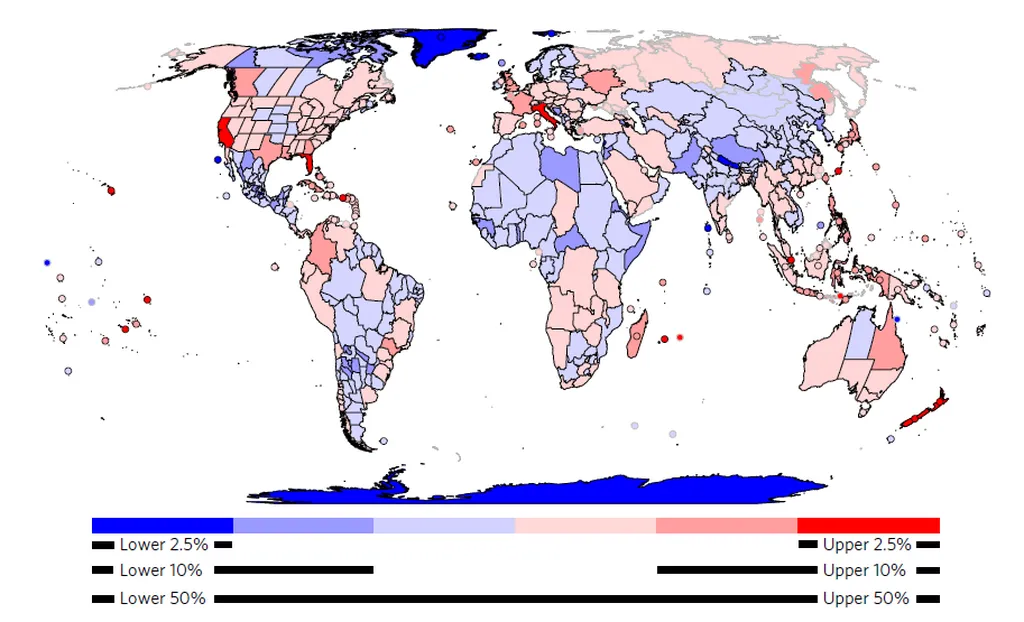Researchers from the University of Notre Dame, including J Xu, TL Wickramarathne, EK Grey, K Steinhaeuser, R Keller, J Drake, N Chawla, and DM Lodge, have developed a novel approach to assess and manage the spread of non-indigenous species (NIS) through the global shipping network (GSN). Their work, published in a recent study, leverages the power of network science to address the significant ecological and economic costs associated with NIS invasions.
The study introduces the concept of a Species Flow Network (SFN), a graph abstraction that models implicit species exchanges within the global shipping network. Traditional “bottom-up” approaches to quantifying NIS invasions often rely on multiple simplifying assumptions due to data insufficiencies or uncertainties. In contrast, the SFN approach utilizes network science methods to extract meaningful insights from incomplete data, offering a more robust framework for understanding species flow dynamics.
By employing a graph clustering technique, the researchers decompose the SFN into clusters of ports and inter-cluster connections. This decomposition allows for targeted management strategies that can significantly reduce NIS flow among clusters by focusing on a few key inter-cluster connections. Additionally, the approach facilitates the development of efficient NIS management strategies within clusters, considering ecological and environmental factors that influence species establishment.
One of the key advantages of this method is its robustness to data uncertainties. The SFN approach implicitly accounts for the “stepping-stone” spread of invasive species, where species gradually establish themselves in new areas through intermediate stops. Furthermore, it decouples the estimation of species spread and establishment risks, providing a clearer picture of the invasion process.
The researchers analyzed a multi-year dataset of the global shipping network from 1997 to 2006 using their proposed approach. Their findings revealed the existence of a few large clusters of ports with higher intra-cluster species flow, which remained relatively stable over time. Detailed investigations were conducted on various vessel types, ports, and inter-cluster connections, shedding light on the patterns of species spread.
The study also discussed the implications of these findings in the context of known NIS invasions and highlighted future research directions. By understanding the clustering patterns and flow dynamics within the global shipping network, stakeholders can implement more effective management strategies to mitigate the ecological and economic impacts of non-indigenous species.
This research offers a promising avenue for enhancing the assessment and management of NIS spread, leveraging the strengths of network science to address a critical environmental challenge. Read the original research paper here.

